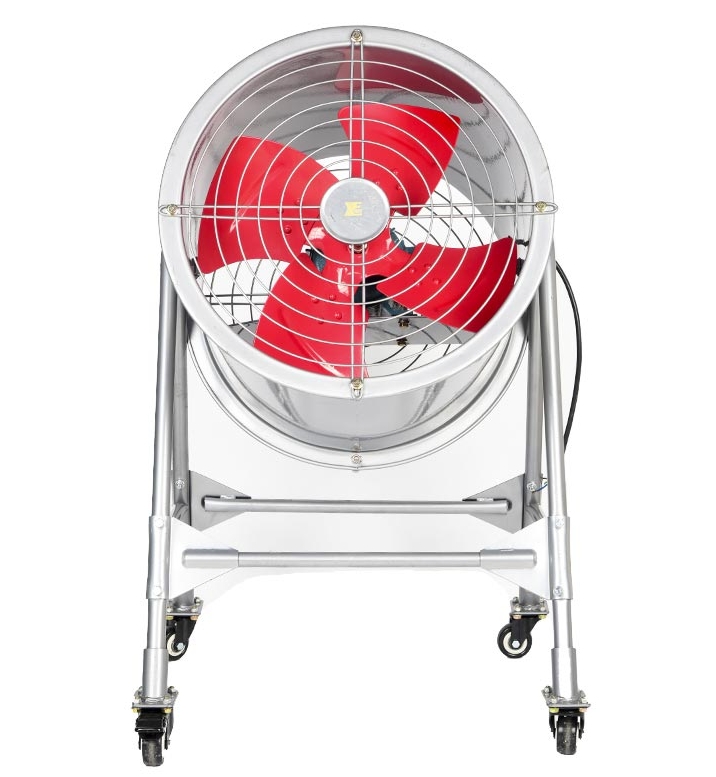In the realm of industrial ventilation and air movement, Draught Fans play a pivotal role in ensuring efficient and controlled airflow. This industry update explores the diverse landscape of draught fans, focusing on centrifugal draught fans, Axial-flow draught fans, Industrial draught fans, and the specialized category of forced draught fans. Understanding the nuances of each type is crucial for industries seeking optimal performance in diverse applications.

Centrifugal Draught Fans: Precision in Air Movement
Centrifugal draught fans are renowned for their ability to generate high-pressure airflow. With various designs, including single-stage and multi-stage configurations, these fans excel in applications requiring precise control over air movement. The choice between forward-curved and backward-curved blades further allows industries to tailor their centrifugal draught fan selection based on specific operational requirements.
Axial-Flow Draught Fans: Efficient Airflow for Industrial Applications
Axial-flow draught fans are characterized by their axial movement of air, providing a continuous and efficient airflow. Industries benefit from their design, which is particularly effective in applications requiring a high volume of air at lower pressures. From cooling towers to Ventilation systems, axial-flow draught fans are integral components in achieving optimal thermal management and air circulation.
Industrial Draught Fans: Versatility Across Sectors
Industrial draught fans form the backbone of air movement in various sectors. Whether it's manufacturing, petrochemical, or power generation, these fans are designed to meet the demanding requirements of industrial environments. Ranging from small units for localized ventilation to large-scale installations for industrial processes, the versatility of industrial draught fans ensures their applicability across diverse sectors.
Forced Draught Fans: Enhancing Combustion Efficiency
Forced draught fans play a critical role in combustion processes, ensuring a consistent supply of air for combustion in boilers and furnaces. By forcefully introducing air into the combustion chamber, these fans contribute to increased efficiency, reduced emissions, and enhanced control over the combustion process. Industries reliant on combustion, such as power generation and industrial heating, benefit significantly from the precision and reliability of forced draught fans.
Innovations Driving Draught Fan Excellence
Recent advancements in draught fan technology include improvements in materials, aerodynamics, and control systems. These innovations address challenges such as noise reduction, energy efficiency, and adaptability to varying operating conditions. Smart technologies, such as variable-speed controls and predictive maintenance systems, are becoming integral to optimizing draught fan performance and minimizing downtime.
Conclusion: Navigating the Future of Draught Fan Solutions
As industries continue to evolve, the role of draught fans remains pivotal in ensuring efficient operations and environmental compliance. Centrifugal, axial-flow, industrial, and forced draught fans collectively contribute to the diverse tapestry of air movement solutions. With ongoing innovations, industries can expect draught fans to play an increasingly sophisticated role in enhancing productivity, reducing environmental impact, and meeting the ever-changing demands of industrial processes
 WhatsApp:
WhatsApp: Phone:
Phone: Contact Now
Contact Now